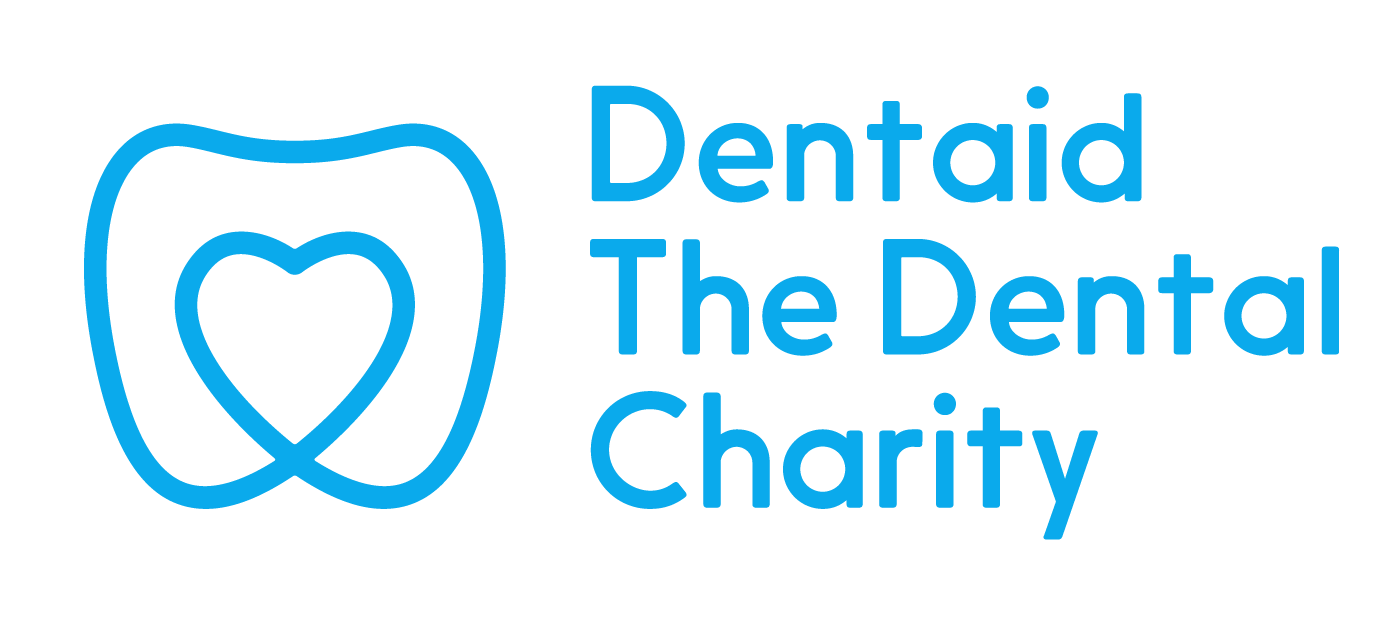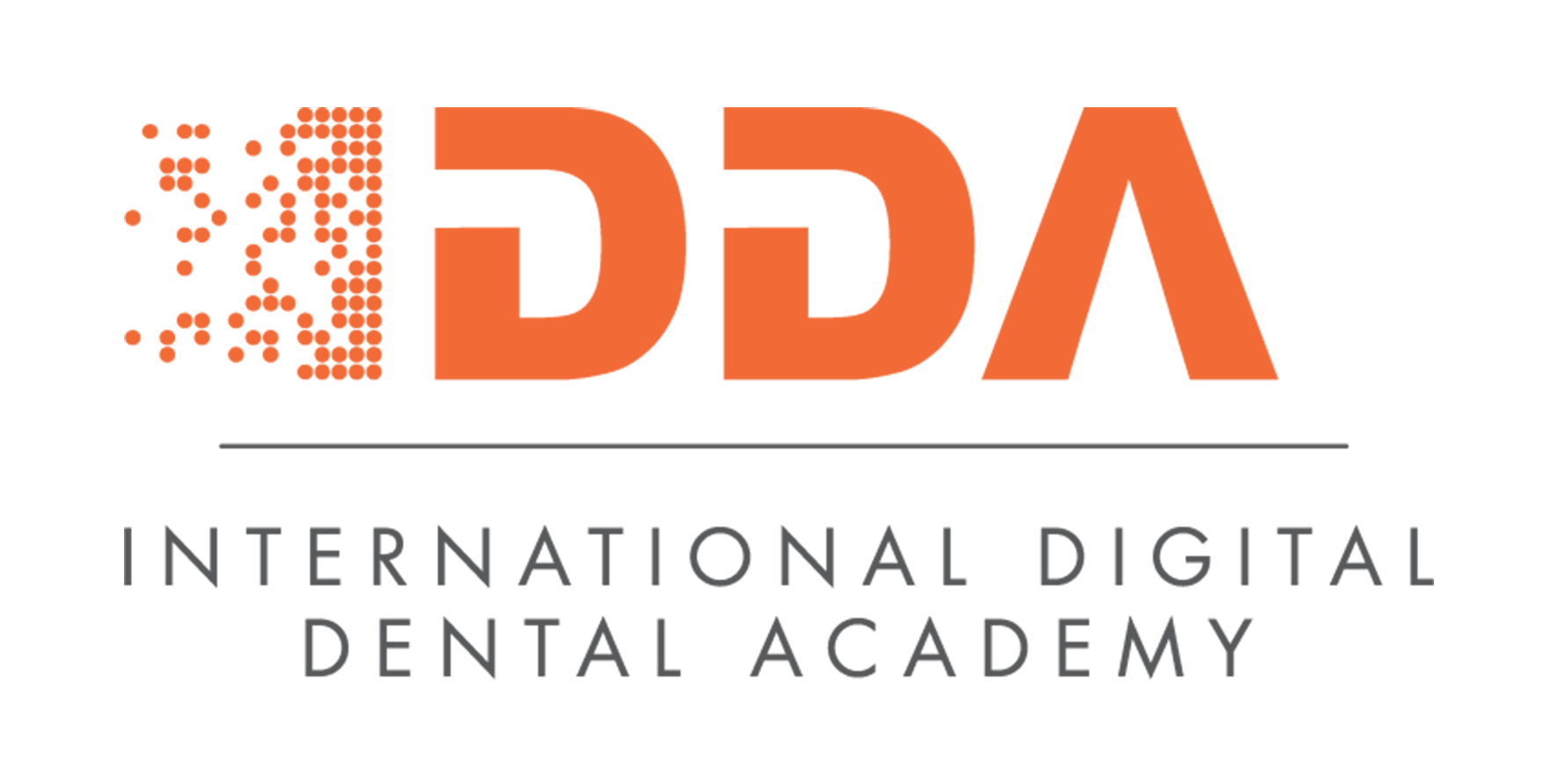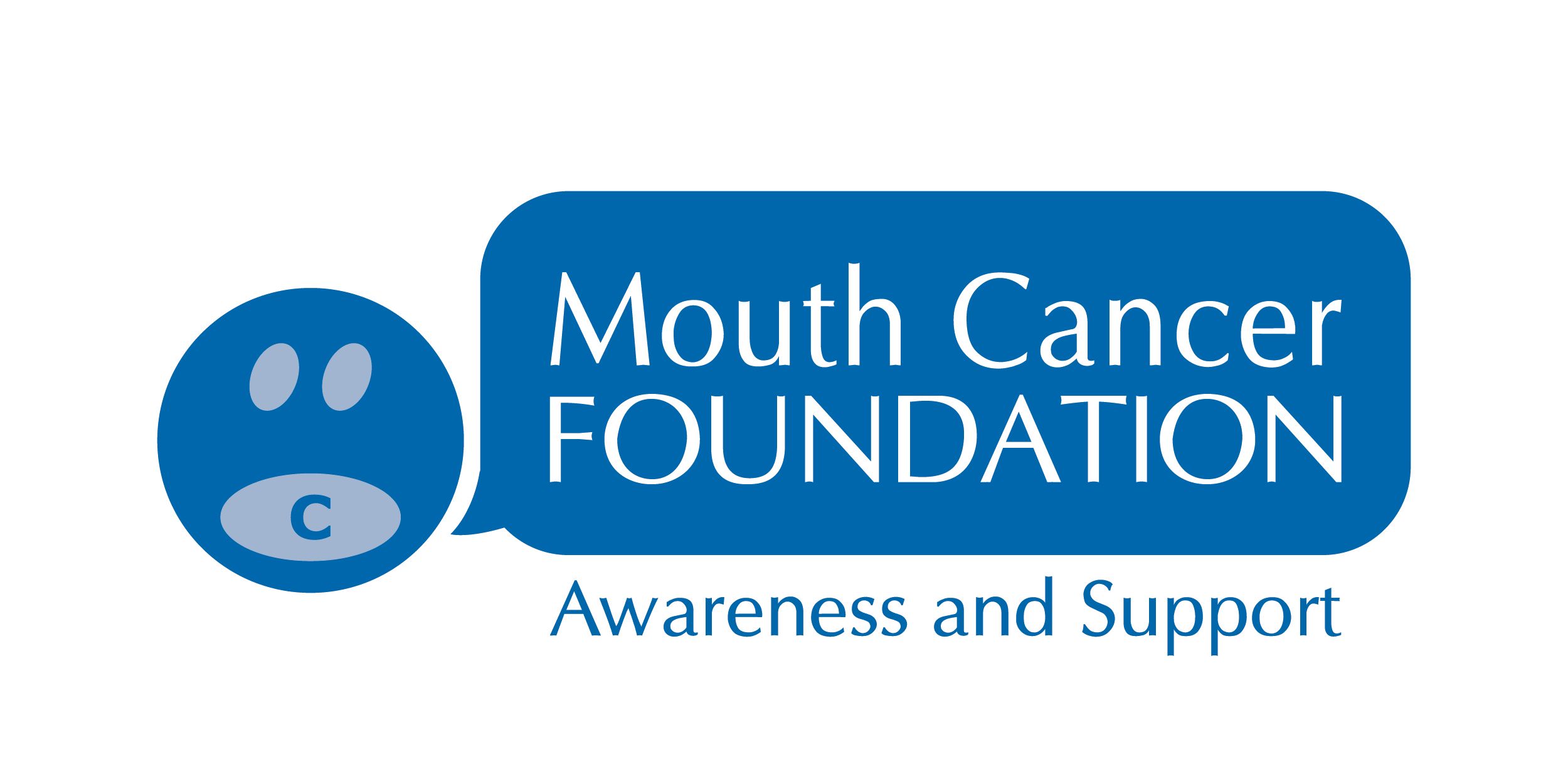Vaping, orthodontics and oral health with Joseph Bell
)
Joseph, can you briefly introduce yourself and your current role?
I’m currently an ST3 in orthodontics in the final stretch of my specialist training. I’ve got just under a month left before sitting the MOrth exam, and I’m about to begin my post-CCST training to become a consultant orthodontist in Manchester. Most of my training has been in Carlisle and Newcastle, and I also work in private practice in Wilmslow.
What will your talk at Dentistry Show London cover?
The talk explores the intersection of vaping, oral health, and orthodontics. I’ll be sharing what the current evidence says about the impact of vaping - particularly among younger patients - and how it might affect things like enamel health, gum condition, and appliance performance. I’ll also discuss findings from quality improvement projects and audits we’ve carried out in our department, focusing on staff awareness and how we updated medical history forms to better identify vaping habits in patients.
What sparked your interest in vaping and its potential effects in orthodontic care?
I was walking to the train station in Carlisle, where I’ve been training, and saw one of my own patients, who was in fixed appliances, vaping. It made me wonder: what impact is vaping having on their oral health and on treatment outcomes? We already ask for strict hygiene and no fizzy drinks with braces. So I started digging into the evidence.
What kind of evidence is available currently around vaping and oral health?
Currently, the evidence is pretty weak. Much of it comes from in vitro or animal studies, things like the effect of nicotine on rats and orthodontic tooth movement, or how vapour exposure impacts the elasticity of orthodontic materials. Only a few human studies exist, and most are cross-sectional and self-reported. One study, for example, suggested that vapour increases the stickiness of plaque and reduces saliva flow — both risk factors for caries. But again, it's early days in terms of strong, long-term clinical research.
How does vaping compare to smoking in terms of risks?
If you smoke already, vaping is considered a harm-reduction tool, so in that context, it's better than smoking. But if you're a non-smoker, particularly a young person, starting to vape is worse than doing neither. That’s the major concern with the younger demographic we see in orthodontics - a lot of them were never smokers, but they’re picking up vapes. That’s where the real risk lies.
What trends are you seeing in your own patients?
I’ve noticed a trend in deteriorating oral hygiene during treatment. Patients who started with excellent hygiene sometimes develop gingivitis and plaque issues. When we ask if they vape, quite a few say yes. It’s hard to definitively link it due to confounding factors, but there’s definitely a trend emerging. Among patients over 18, we found that nearly 50% in a small sample reported vaping, some even trying to quit. That says a lot.
How have you integrated vaping awareness into clinical workflows?
One of the simplest but most effective things we did was update our medical history forms to include a specific question about e-cigarette or vape use. That change alone led to much higher disclosure rates from patients. Before, it almost never came up unless we asked directly. Now, they’re more likely to tell us upfront.
What challenges have you faced when talking to young patients about vaping?
The main challenge is that many of our patients are under 18 and come with their parents. Some won’t disclose their vaping habits if the parent doesn’t know or the parent fills in the medical history form. Once they turn 18 and start attending independently, they’re much more open. That’s why it’s so important to normalise these conversations early.
What practical steps can clinicians take to identify and manage vaping-related risks?
Clinicians can take several practical steps to identify and manage vaping-related risks more effectively. One of the simplest and most impactful changes is to add a specific question about vaping to patient medical history forms - this often leads to more honest disclosures, particularly among younger patients. Alongside this, practitioners should remain alert to clinical signs such as deteriorating oral hygiene, gingivitis, or unexplained damage to orthodontic appliances, which may point to underlying vaping habits. Starting open, non-judgmental conversations with patients helps build trust and creates opportunities to discuss potential risks in a supportive way.
Equally important is ensuring the wider dental team is informed and confident in addressing the topic. In a recent quality improvement project, we provided targeted staff education on vaping-related risks and saw a clear increase in knowledge and willingness to engage with patients on the subject. Once teams are equipped with the right information, they can play a key role in supporting behaviour change. This is particularly crucial for young non-smokers, where the message should be clear: avoiding vaping altogether is the safest choice for their oral and overall health.
What role does patient education play in all of this?
It's huge. As orthodontists, we see patients every 6–8 weeks, which puts us in a unique position to build rapport and offer repeated education over time. GPs may only see patients when they’re unwell, but we can reinforce messaging consistently - especially with younger patients. And it’s not just about telling them once. You start the conversation early, build trust, and help them connect the dots themselves.
What’s the one key message you want delegates to take away from your talk?
Vaping is a hot and growing issue, especially in dentistry. We’re on the front lines - patients inhale vapour through the mouth, and we need to understand how that affects their oral and orthodontic health. This talk will help clinicians better identify risks, understand the emerging evidence, and confidently support patients, particularly young non-smokers, to make informed choices.
Final thoughts - why should professionals come to your session?
If you're treating adolescents or young adults in any capacity, general dentistry or orthodontics, you’ll be seeing this issue whether you realise it or not. Come to the session to learn how to spot it, how to talk about it, and how to manage it responsibly. It’s something every dental team needs to be equipped to handle.
Don’t miss Joseph Bell’s session at Dentistry Show London on the 3rd of October at 1.15pm at the Speciality Interest Theatre. Register now to secure your place.

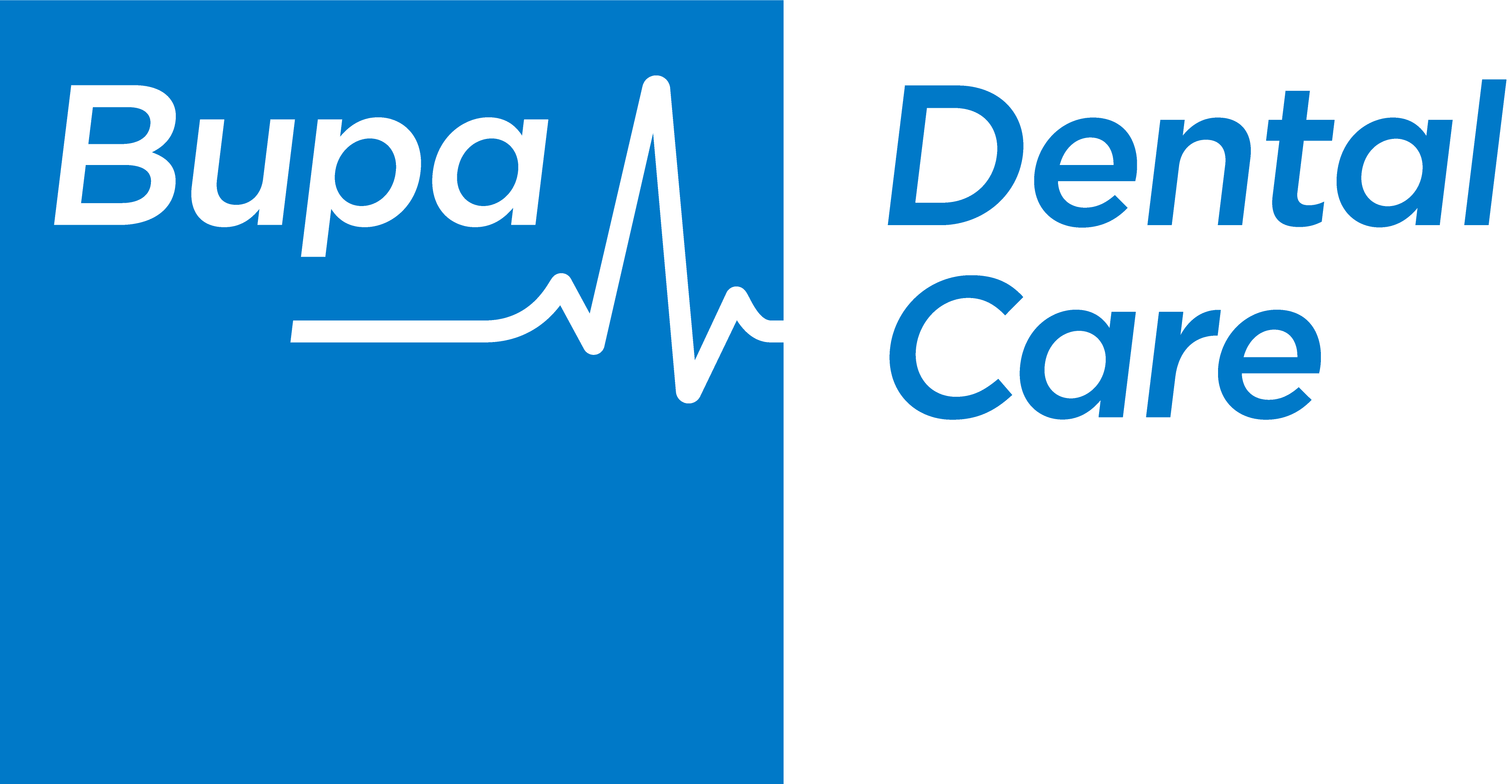


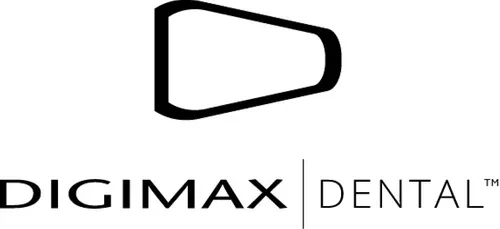

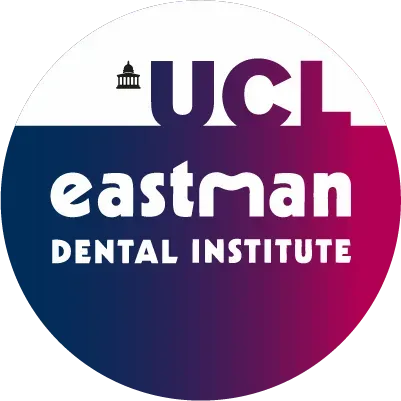










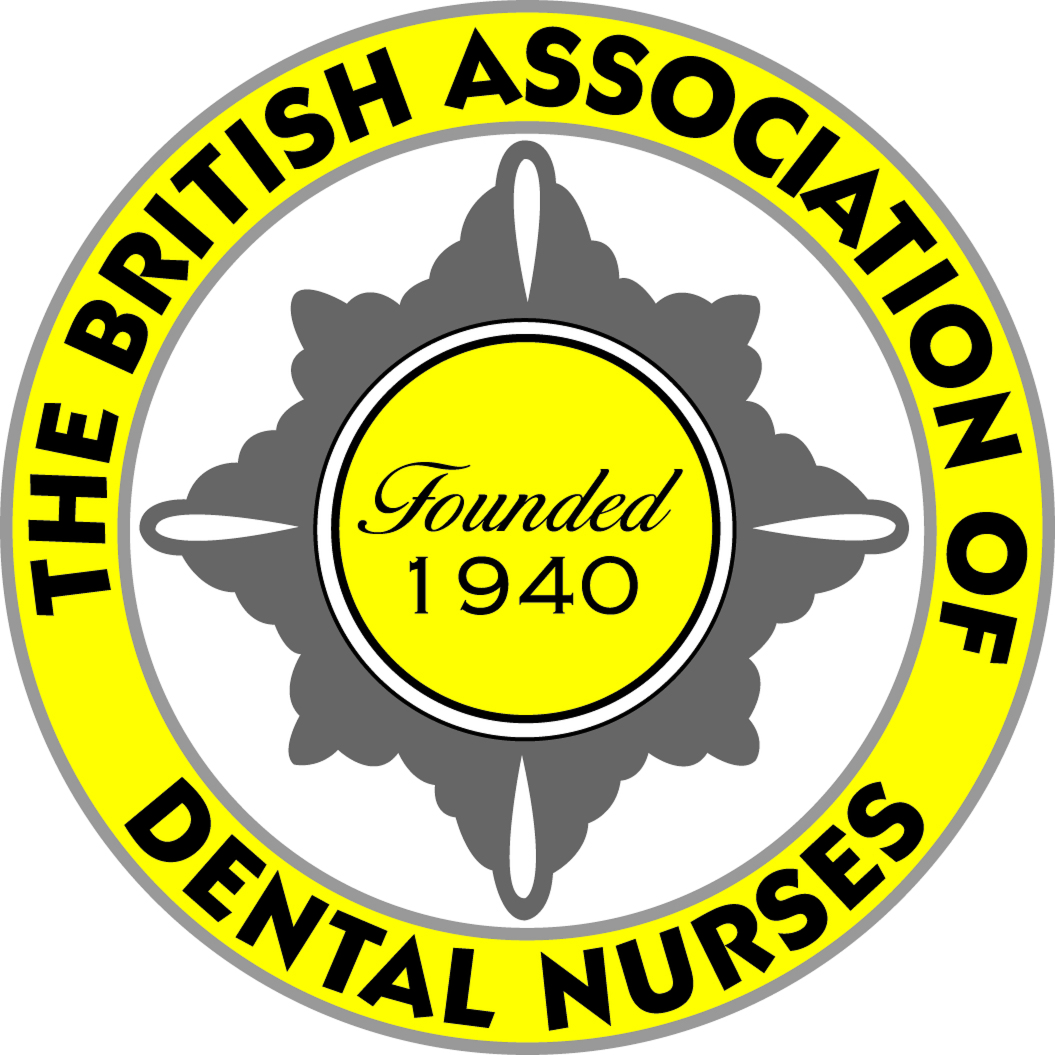
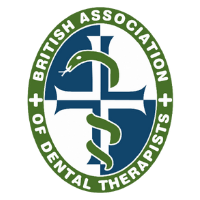

.jpg)


